A. Balazovsky (1908-1979) — Theatrical Artist
A.Balazovsky (1908-1979) a theatrical artist, was born in Kiev, Ukraine. His art was influenced by the traditions of Russian Avant-Garde of 1920th-1930th. Balazovsky studied art in Moscow and Kiev. His teachers, among others, were well known artists such as A.Lentulov, M.Shemyakin and V.Palmov. He also received musical education in piano. He enjoyed playing the music of Beethoven, Chopin, Debussy and Ravel.
The chief theme of the artist's creations was a passionately adored by him the world of theater, the world of mysterious transformation. Balazovsky's paintings were filled with the hypnotic spirit of the theater. Having devoted his life to art, he created his own world of higher emotional culture, the world of enlightening images, the world of beauty and magic, music and fairy tales. Balazovsky is a wizard of the most complex color tonalities, that one corresponds to the music.
There are records of the correspondence between Balazovsky and art critic A.Efros, one of the most influential authority in art and a wise mentor to Balazovsky during the post-war years. In one if his letters, Efros refered to Balazovsky's talent as a "Mozartian gift".
The favorite theme of modernism - art about art - was often adopted by Balazovsky, specifically in choosing the image of the artist, creator, master, musician, circus actor as subject. Theater occupied an important place in Balazovsky's painting, and he frequently portrayed theatrical characters - Juliet, Harlequin, and other denizens of the stage. Balazovsky named those magical composition - improvisations "theatrical fantasies". It was his interpretation of set design as the unrealizable space behind the stage.The elements of set design in those paintings were playing the leadings roles.
One of the abstract leitmotifs of Balazovsky's later work is solitude: in a series of his works from the1970s is depicted a thoughtful figure in the midst of carnival festivities and ecstatic crowds, with scenographic constructions in the background ("Inga at the Carnival", "Reminiscences of the Theater"). In these paintings Balazovsky portrays himself as every artist, the lone observer, lost in contemplation.
In the work of Balazovsky there is evident an interaction of painterly and abstract principles. Although the artist almost never completely abandoned figurative painting, he was also adept at creating illusion through semi-abstraction. His technique was based on ambiguity, understatement.
Balazovsky's imagination was often inspired by the motif of the flight. His last unfinished work, "Two angels and white grand piano".("Dialog"), shows two characters - two angels are conversing quietly. Behind them, on the subtle golden background of a theatrical stage, appears his favorite image of the white grand piano, seemingly a mirage. This symbolic legacy of a painting is a swan song about the Muse and the music of inspiration, about the eternal thirst for harmony in the Arts, about the unspoken, and the inevitability of parting.
Bella Portnoy
Based on materials of numerous recollecions about Balazovsky's Art
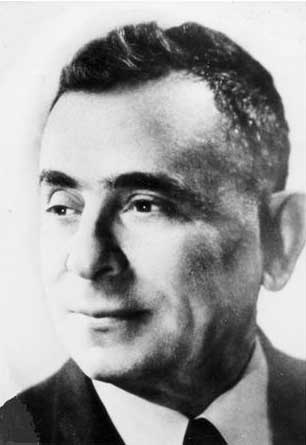
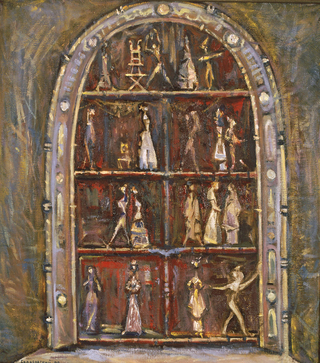
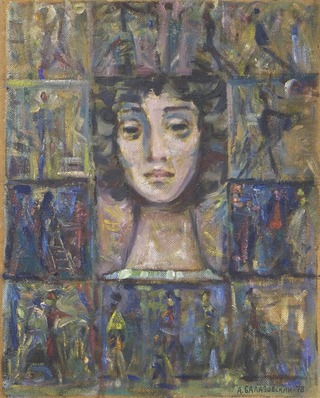
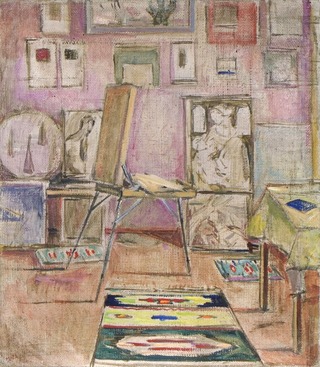
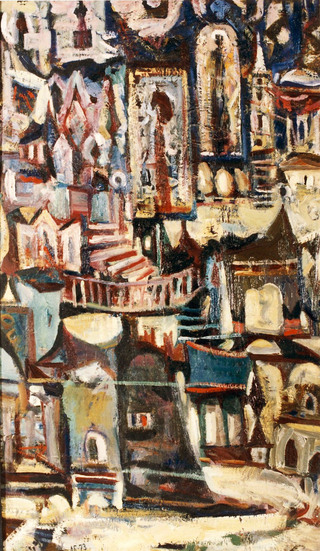
._1978._Oil_on_canvas_19x27.jpg)